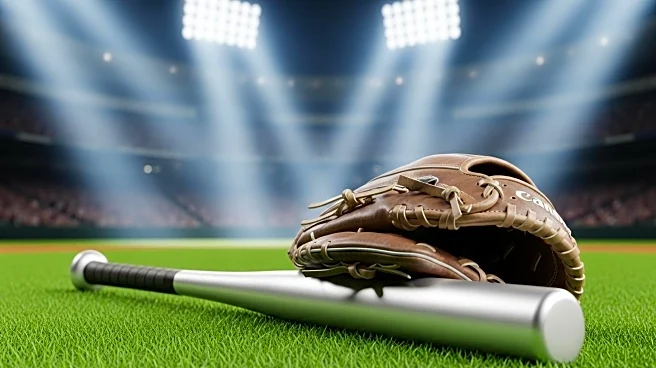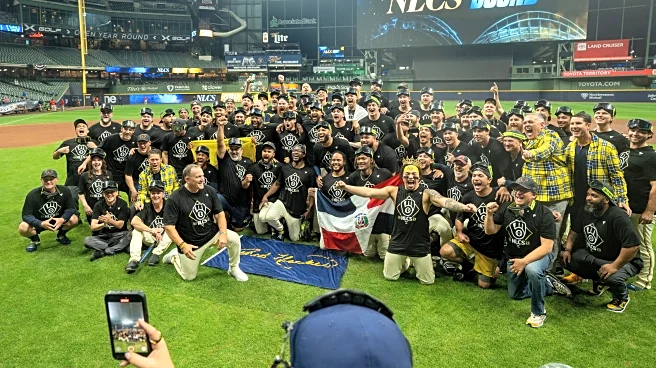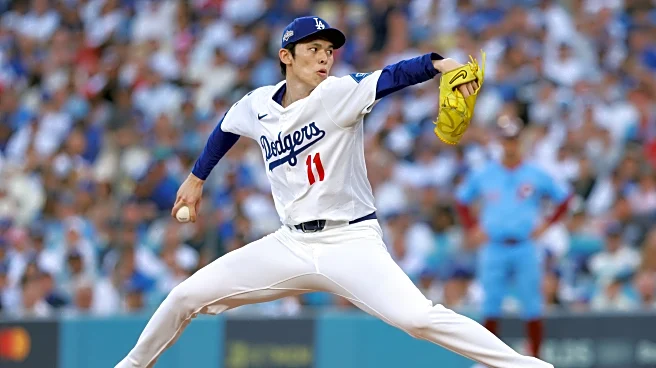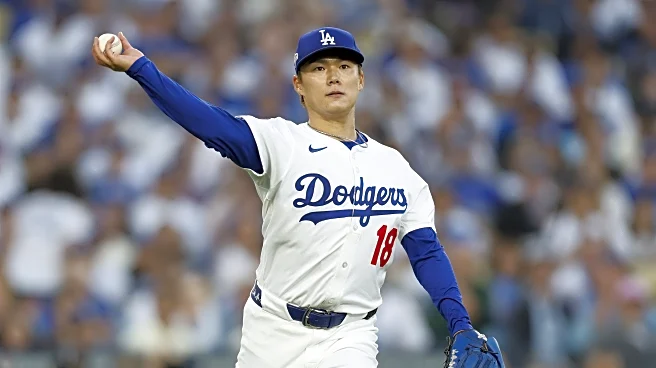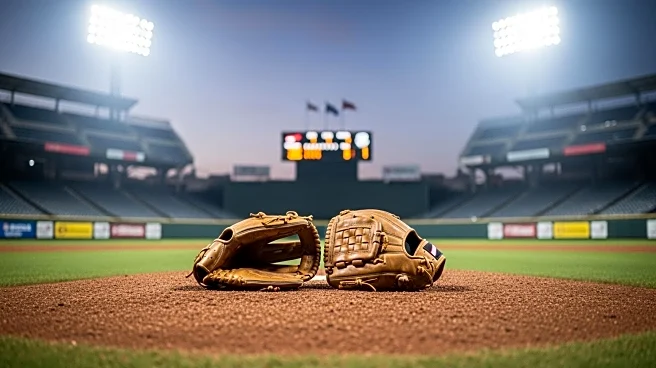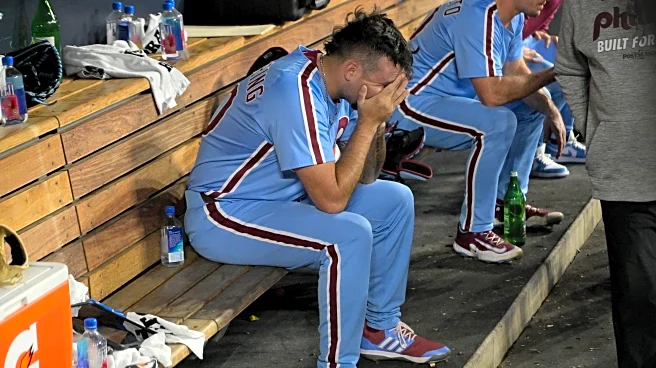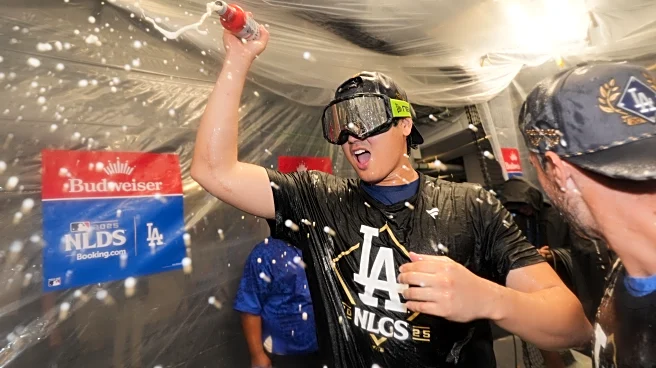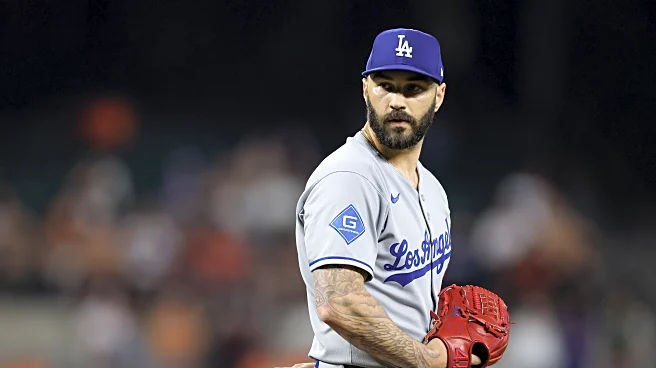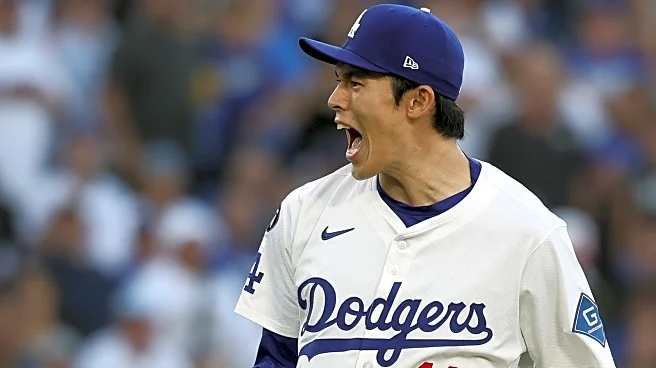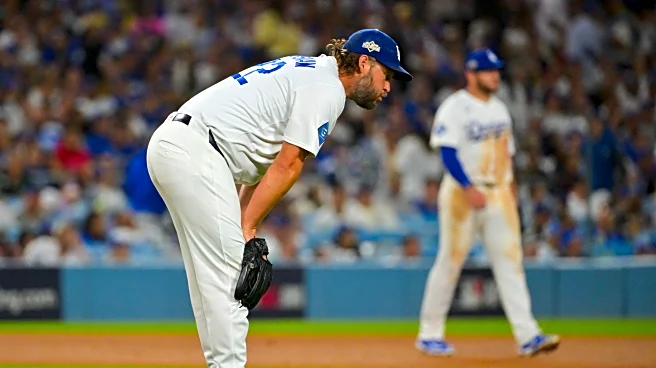That the bullpen is not a particular source of strength for this roster is a foregone conclusion. What exactly does that mean, and how big of an issue could it present moving forward? These are far more
interesting questions. Its representation as a weak link is unquestionable in a big part due to the quality of this team’s other position groups: an offense that embodies the word menacing despite its shortcomings against the Phillies staff and a starting rotation comprised entirely of front-line aces.
Regardless of how one rates this collection of relievers, the Dodgers have needed their bullpen in specific key situations to get to this spot. From now on, while one could argue about the merits of the Phillies or Brewers as the toughest opponent, it’s an entirely different ballgame for the Dodgers’ bullpen, and this should be illustrated whenever the NLCS roster is announced.
During the NLDS, in part due to the schedule of that series with an extra day off, the Dodgers opted to carry two fewer pitchers than they were technically allowed (one of the many perks of having Shohei Ohtani as a two-way player is that he doesn’t count towards your pitchers’ total). That also had to do with an extra caution when it comes to Will Smith compelling LA to carry three catchers. Now that he has played in all four NLDS games, the Dodgers figure to cut a catcher for the next round, likely Dalton Rushing.
Unlike the NLDS, the Championship Series won’t have an off day between the first two games, making it two fewer than in the previous series. Not to mention the likely sequence of three straight matchups, barring a surprising sweep on either side.
One season ago, we saw this team show an extremely pragmatic side in being unafraid to “punt” certain games for the long-term play, and there’s a very good chance this will repeat itself in 2025. Only this time, not because the highly talented bullpen is taxed, but rather because a particular starting pitcher didn’t deliver, and you can’t waste your few great options in a game that’s close but not close enough.
After six games across a pair of postseason series, we have a general picture of where this bullpen stands, and here’s how you could divide it into groups.
Circle of trust: Roki Sasaki and Alex Vesia
As our good friend Eric Stephen astutely pointed out in the last edition of the Three Innings Save podcast (check it out if you haven’t yet), Roki Sasaki had one of the three biggest relief outings by wPA (0.384) in the history of Dodger postseason baseball. Sasaki achieved this when he threw three perfect innings in the Game 4 clinching win over the Phillies.
The level to which Sasaki is pitching right now is unmatched by anyone in the Dodgers bullpen and only a handful of relievers in all of baseball. Alex Vesia doesn’t come close to it, but he’s also been the one guy trusted to either bridge the gap between the rotation and Sasaki or follow right after him in most Dodger wins.
While he wasn’t necessarily able to replicate last season’s numbers, Vesia once again had a great year in 2025, striking out 80+ batters and allowing a WHIP under 1.00 for the second straight campaign. Furthermore, dating back to last season’s playoffs, the left-hander has allowed an earned run in only one of 12 appearances.
In-between arms: Emmet Sheehan, Anthony Banda, and Jack Dreyer
Here you have a group of pitchers that has earned some trust throughout the postseason for very specific roles. While at the same time, that doesn’t stop you from raising an eyebrow if they’re given an opportunity in a big spot, out of necessity or simply as a calculated risk. Blake Treinen officially removed himself from this tier after the nerve-wracking events of Game 2.
With far more aggressive splits than Vesia, Banda’s role is to get lefties out, and we saw that paying off tremendously when he inherited traffic against the meat of the Phillies order in Game 3.
On top of noted current team closer Sasaki, the Dodgers are carrying two starters in their bullpen, one for higher leverage spots (Emmet Sheehan) and one for lower leverage spots (Clayton Kershaw). For those moments in which you envision likely needing more than an inning, these are the two preferred choices for each scenario.
The “we might punt a game” group: Justin Wrobleski, Clayton Kershaw, Blake Treinen, Ben Casparius…
While Justin Wrobleski will feasibly continue to fill in for Tanner Scott, who won’t be eligible to return until the World Series, the other choices for the 12th and potentially 13th man in this bullpen are yet to be announced. We don’t know even know if Los Angeles will carry 13th arms, while at least 12 feels extremely likely. Among the potential choices, Ben Casparius is one of the likeliest candidates to earn a spot on the active roster.
The possibility of so many names that could be put in this category, with one or two options open to debate, is the ultimate indication of the problem at hand. The presence of these pitchers in a playoff game could be viewed as Roberts keeping the big picture in mind more than the best alternative to win that particular matchup. Sure, there’s a chance Treinen still finds himself to the point of earning a more important role. They obviously felt confident enough in him to try to earn a save against the Phillies. Moreover, Kershaw did have a very good regular season for where he is in his storied career; maybe against a Brewers lineup that doesn’t slug as much as the Phillies, he’d find some success.
What does it all mean?
It’s up to the starting pitching to cover as many innings as possible and allow for the high-end options to be put in positions to succeed. At the same time, the lack of enough of these trusted high-end options, coupled with the stress and fatigue of a longer series, means Los Angeles will definitely have one, maybe even multiple games, in which it is forced into some tough pitching decisions with no great answer.

